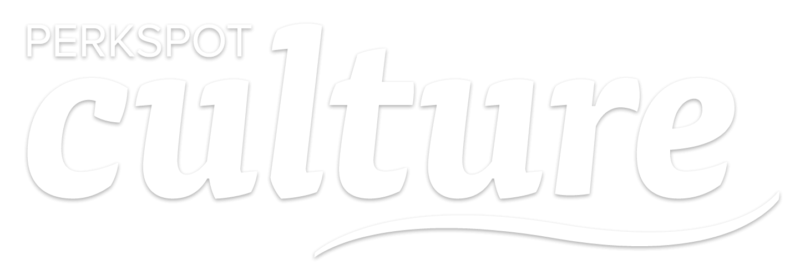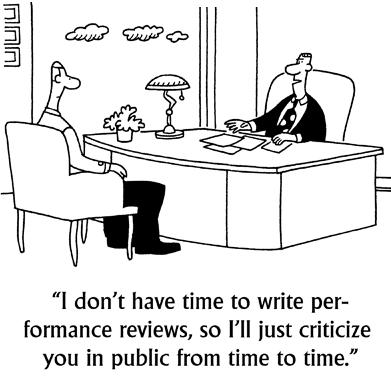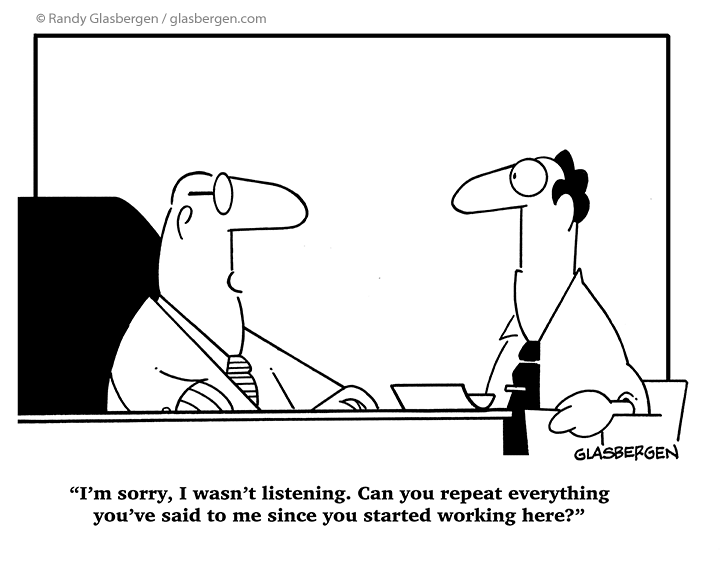What’s Your Employee Appreciation Language?
A popular book has circulated about relationships entitled “The Five Love Languages”. In his book, the author, Gary Chapman, discusses the different ways we give and receive love. He calls these various styles “Love Languages” as they provide insight into how we should communicate with our partner.
Every person is unique and has their own style (or language). As strange as it sounds, it got us thinking. Do we have workplace “love languages”? Does each individual have a preference for how they give and receive appreciation?

We’ll break down Chapman’s these love languages and how they impact the workplace.
Words of Affirmation
Do you like when people write you a kind note or recognize you in a public forum? This love language goes way beyond romantic relationships. Kind words are incredibly impactful for employees who crave words of affirmation. A quick message on Slack, a short sentence in your weekly stand-up, or a handwritten note gives these employees the fuel they need to stay motivated throughout the week, or even, month.
Acts of Service
On the flip side, for others, actions speak louder than words. Do you feel most appreciated when someone offers to help with an assignment or better yet, finishes a project because they know you don’t have the time or energy to complete it? Acts of service can be big or small, but for many employees, this is the best way to show you appreciate all that they’re doing. Especially during busy season, managers who pitch in make all the difference when it comes to retaining their talent.
Receiving Gifts
This language can get a little tricky in the workplace, depending on your policies around gift giving and receiving. But, we’re not talking about diamond necklaces or new cars. Gifts can be as small as a cup of coffee when your employee comes in early or a non-tangible, like an early release when they’ve been pulling extra hours. Make sure you gauge which employees actually appreciate and desire these types of gestures. The last thing you want is to make them uncomfortable with your good intentions.
Quality Time
This is quite possibly the hardest language to weave into your work culture. That being said, for many employees, it’s also the most meaningful. Spending quality time getting to know your employees can not only show that you care about them, it can also provide powerful insights into their needs. Maybe it’s a quick walk around the block every month just to check-in. Or, you could schedule in time to really dive deep into what’s going on. No matter what your schedule allows, taking time out of your day to spend with them can make the difference between an engaged or a disgruntled employee.
Do you know how your employees prefer to be appreciated? Or better yet, how do you most often communicate your appreciation? Make sure you’re choosing the appropriate channel based on the employee to make the most of your recognition.















